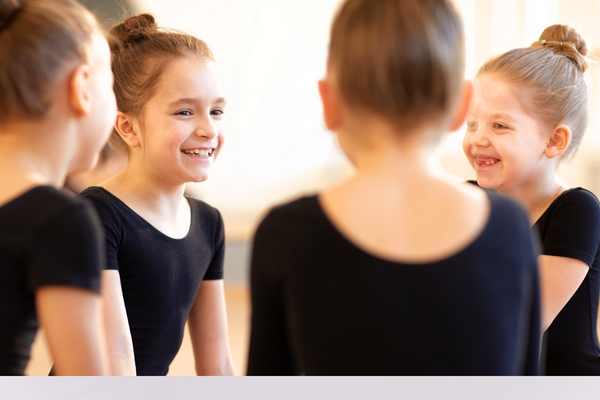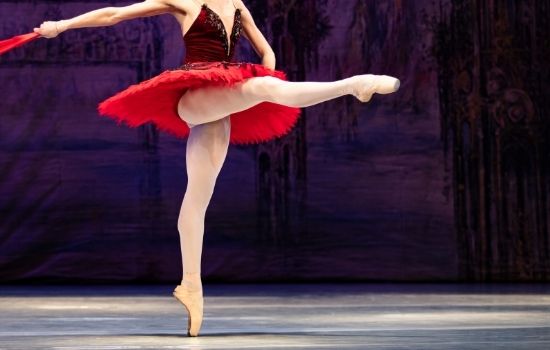Competitive vs. Non-Competitive Dance: Breaking Down the Differences

This post may contain affiliate links that allow us to earn a small commission at no additional cost to you.
If your child has started taking dance, you may have heard people talk about dance competitions or competing and be wondering what that is all about. What is the difference between competitive and non-competitive (recreational) dancers?
Competitive dancers participate in dance competitions, where they are judged on their technical skills, performance, and choreography. Non-competitive dancers, on the other hand, dance purely for enjoyment and self-expression without the pressure of competing against others.
While both types of dancers share a love of dance, there are significant differences between the two. Here are some key differences between competitive and non-competitive dancers at most dance studios.
What Age Is Best To Start Competing?
Competitive vs. Non-Competitive Dance: How Do They Differ?
Focus
Competitive dancers focus on winning and achieving their goals, while non-competitive dancers typically focus on taking classes for fun. These dancers may truly enjoy dance but have other interests as well. Competitive dancers often spend a lot of time training, perfecting their technique, and preparing for competitions, while non-competitive dancers may take a more relaxed approach to their dancing.
Training
Competitive dancers typically receive more structured training than non-competitive dancers. They take classes several days a week, may take private lessons, and participate in a more intensive training program. Non-competitive dancers may also take classes but do so less frequently and with less intensity.
Choreography
Competitive dancers often perform choreographed dances that have been created specifically for competitions. These dances may be technically demanding and require precise execution. Non-competitive dancers work on technique and a choreographed dance to perform at the end of the year.
Performance
Competitive dancers are often judged on their performance and therefore need a strong stage presence and the ability to connect with the audience. Non-competitive dancers may perform at community events and the end-of-year recital. While strong stage presence and the ability to connect with the audience certainly enhance any performance, it is not a requirement when you are dancing in a non-competitive environment.
Pressure
Competitive dancers face a great deal of pressure to perform at their best during competitions. They may feel nervous or anxious and may be highly critical of their performance. Non-competitive dancers, on the other hand, may feel less pressure to perform perfectly and may be more forgiving of their own mistakes.
Competitive vs. Non-Competitive Dance: Can You See A Difference In Training?
If your dancer is interested in competing, one of the best ways to see the difference in training is at the end-of-the-year recital or showcase. Some studios have a specific night where only dance company dancers perform; some mix the various dances recreational and competitive amongst each other. When you watch, you can see the difference more consistent training makes, and the impact regularly performing in front of audiences and judges makes on dancers. It is just a question of if it is right for your dancer and family.
Competitive and non-competitive dancers have different commitment levels and goals. While competitive dancers may focus more on winning and achieving their goals, non-competitive dancers focus more on enjoying the experience and expressing themselves through movement. Ultimately, whether you choose to dance competitively or non-competitively, the most important thing is to have fun and enjoy it.




